An African safari represents the ultimate wildlife adventure—an opportunity to witness majestic animals in their natural habitats against breathtaking landscapes. Yet the difference between an average experience and an extraordinary one often comes down to preparation, timing, and approach.
Beyond the predictable photo opportunities, a truly remarkable safari creates moments of connection with the natural world that remain etched in memory long after the dust of the savanna has been washed from your clothes. Here are 20 expert tips for maximizing wildlife encounters while maintaining safety on your African safari adventure.
Choose the Right Season

Each season offers dramatically different safari experiences, with dry winters concentrating animals around dwindling water sources for easier viewing. The dry months (typically June through October in East Africa) create predictable wildlife movements as herds gather at rivers and lakes, significantly increasing sighting opportunities.
Conversely, green seasons bring lush landscapes, newborn animals, and migrating birds, with fewer tourists but more challenging wildlife spotting as animals disperse across well-watered landscapes with abundant vegetation providing natural cover.
Invest in Quality Binoculars
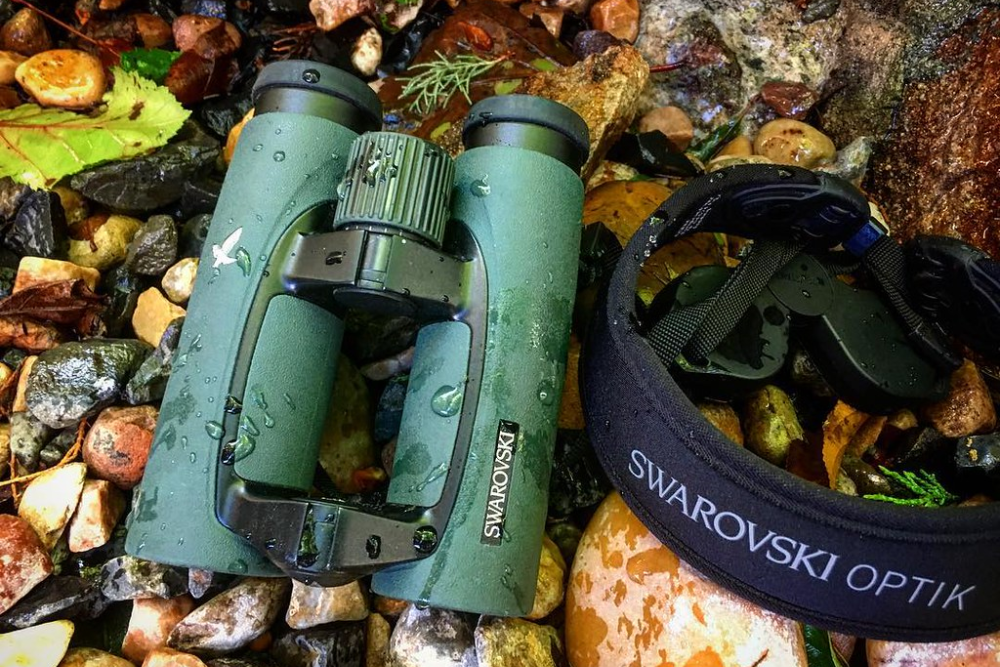
Even the most spectacular wildlife sightings lose their impact without proper optical equipment to observe subtle behaviors and distant animals. Quality binoculars with 8×42 or 10×42 magnification provide the ideal balance between magnification, field of view, and light-gathering ability essential for dawn and dusk game drives.
Professional guides consistently rank good binoculars above expensive cameras as the single most important safari equipment investment. They allow intimate observation of animal behavior from safe distances while greatly enhancing the identification of bird species and smaller mammals easily missed by the bare eye.
Like Travel Pug’s content? Follow us on MSN.
Rise Before Dawn
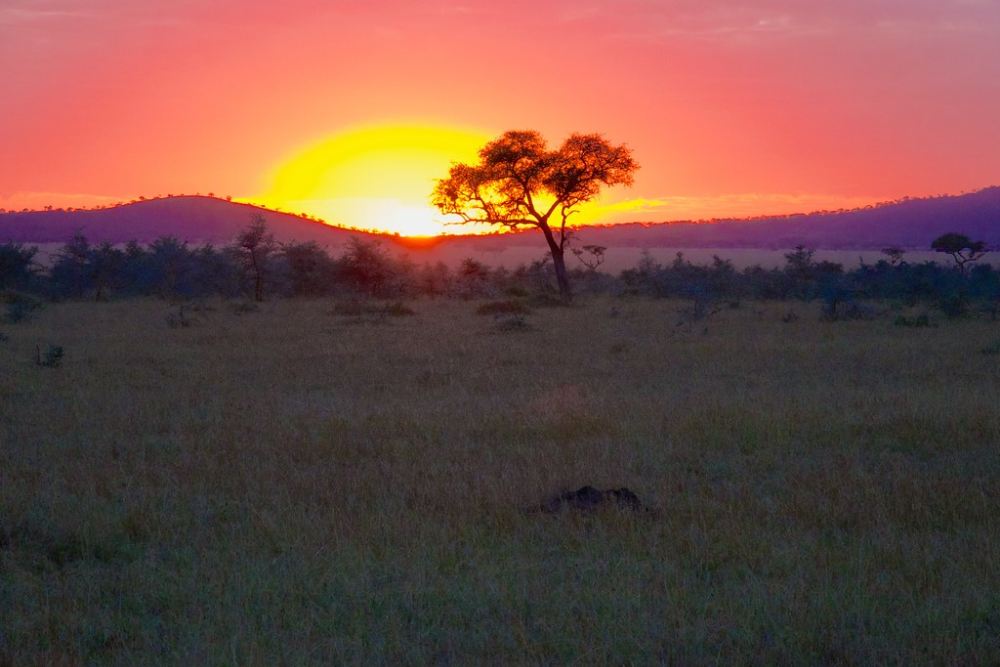
The earliest morning hours offer exceptional wildlife viewing as predators conclude their nocturnal hunts and grazing animals emerge to feed in the cooler temperatures. Setting out 30-45 minutes before sunrise puts you in a position to witness the transition between nocturnal and diurnal species—hyenas returning from hunts, big cats making final kills before resting, and herbivores emerging cautiously from nighttime hiding places.
This magical period features unique light conditions for photography, with the golden glow of first light creating dramatic silhouettes and highlighting the textures of the landscape in ways impossible to capture later in the day.
Stay Out for Sunset
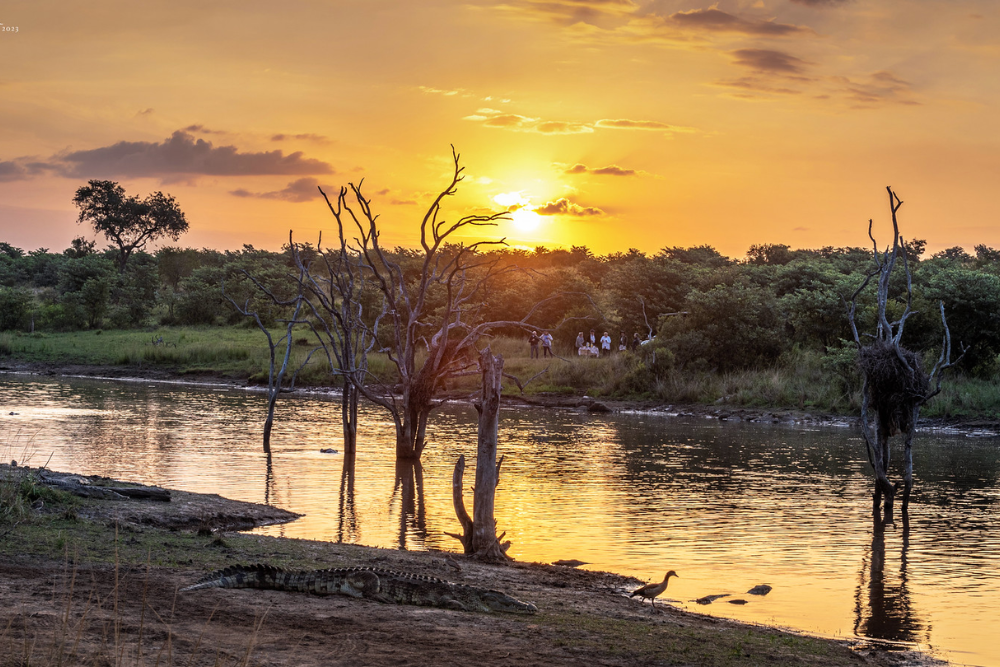
Late afternoon transitions into evening create another prime wildlife viewing window when animals become increasingly active after midday heat subsides. Predators begin stirring for evening hunts, while herbivores maximize feeding before nightfall, creating dynamic interactions rarely observed during midday hours.
The changing light conditions transform landscapes, with rich golden tones highlighting animal features against lengthening shadows. At the same time, cooler temperatures often stimulate more animated behaviors than seen during the heat-induced lethargy of midday hours.
Choose Smaller Vehicles

Specialized open-sided safari vehicles seating 4-6 passengers provide superior wildlife viewing experiences compared to larger tour buses or enclosed vehicles with limited visibility. Smaller vehicles maneuver more effectively on narrow tracks, create less disturbance when approaching sensitive wildlife, and allow guides to position strategically for optimal viewing angles without disturbing animal behavior.
The reduced number of fellow travelers also means less conversation, movement, and noise—factors that significantly impact how animals respond to vehicle presence and how long they remain visible before moving away.
Like Travel Pug’s content? Follow us on MSN.
Pack the Right Clothing
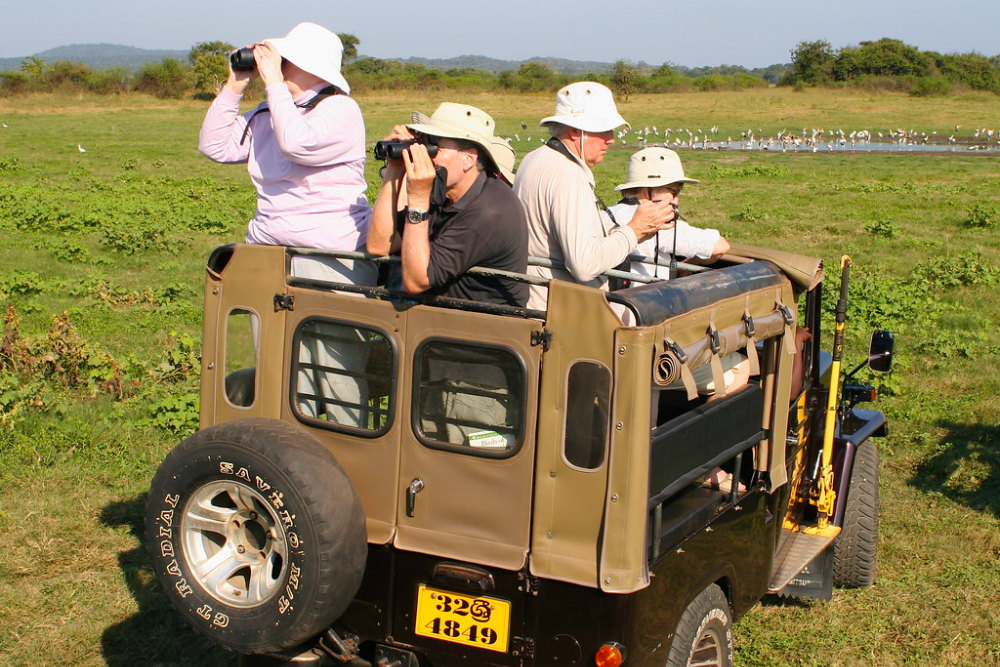
Appropriate safari attire serves practical purposes beyond mere fashion, with neutral earth tones (khaki, olive, tan) minimizing visual disturbance to wildlife during walking safaris. Lightweight, long-sleeved shirts and pants provide essential protection from both the sun and biting insects while remaining comfortable in hot conditions.
Layering becomes crucial as temperatures can shift dramatically between predawn game drives (often quite chilly) and midday heat, requiring adaptable clothing systems that accommodate temperature variations of 30°F or more within a single day without requiring cumbersome wardrobe changes.
Respect Wildlife Distance
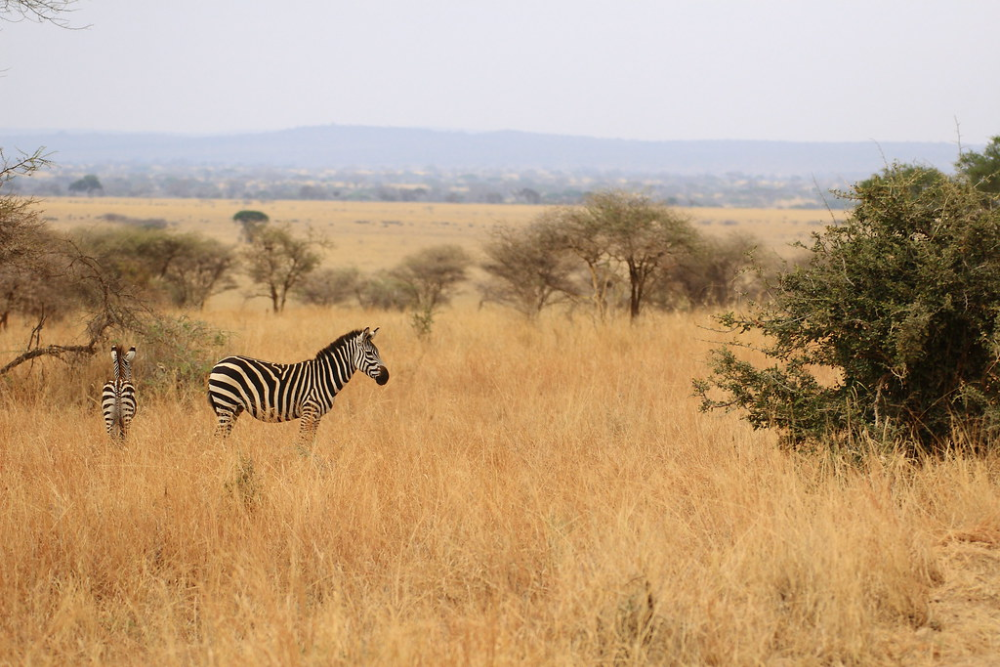
Responsible safari guides maintain appropriate distances from animals, understanding that approaching too closely stresses wildlife and potentially triggers defensive or avoidance behaviors. Quality guides recognize subtle stress indicators like elephants’ ear positioning, big cat tail movements, or altered grazing patterns in antelopes that signal when proximity becomes uncomfortable for animals.
This respectful distance policy may occasionally mean slightly compromised photographs but results in observing more natural behaviors rather than defensive reactions.
Listen to Your Guide
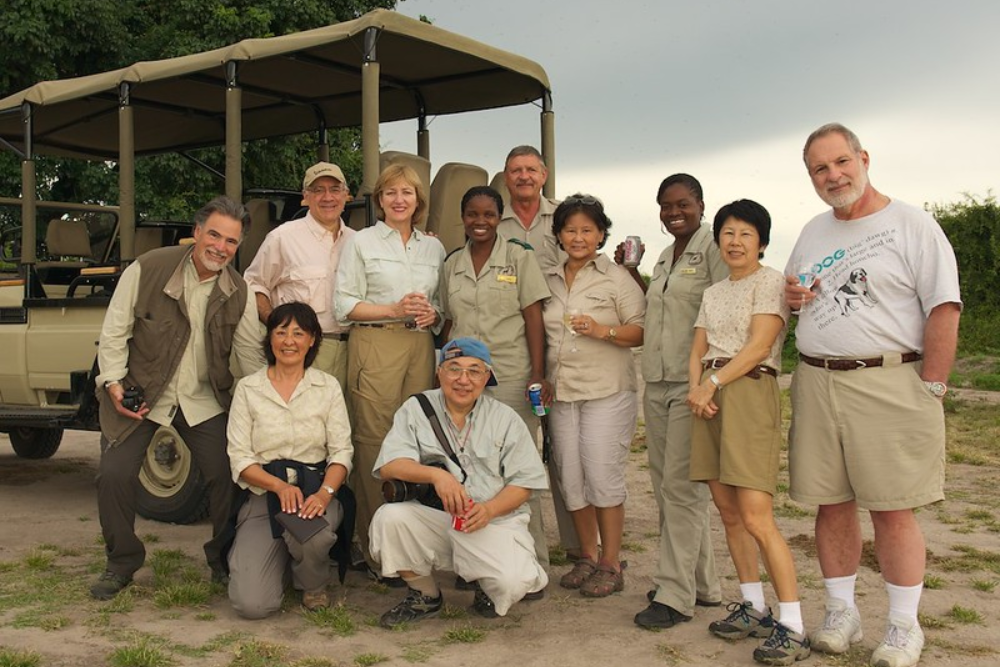
Professional safari guides possess extraordinary skills honed through years of wilderness experience, including tracking abilities, behavioral knowledge, and subtle ecosystem understanding that dramatically enhance wildlife encounters. Their advice about timing, positioning, and appropriate behavior around different species comes from thousands of hours of observing animal patterns and anticipating movements based on environmental conditions, seasonal factors, and specific behavioral cues invisible to untrained observers.
Like Travel Pug’s content? Follow us on MSN.
Learn Basic Animal Behaviors
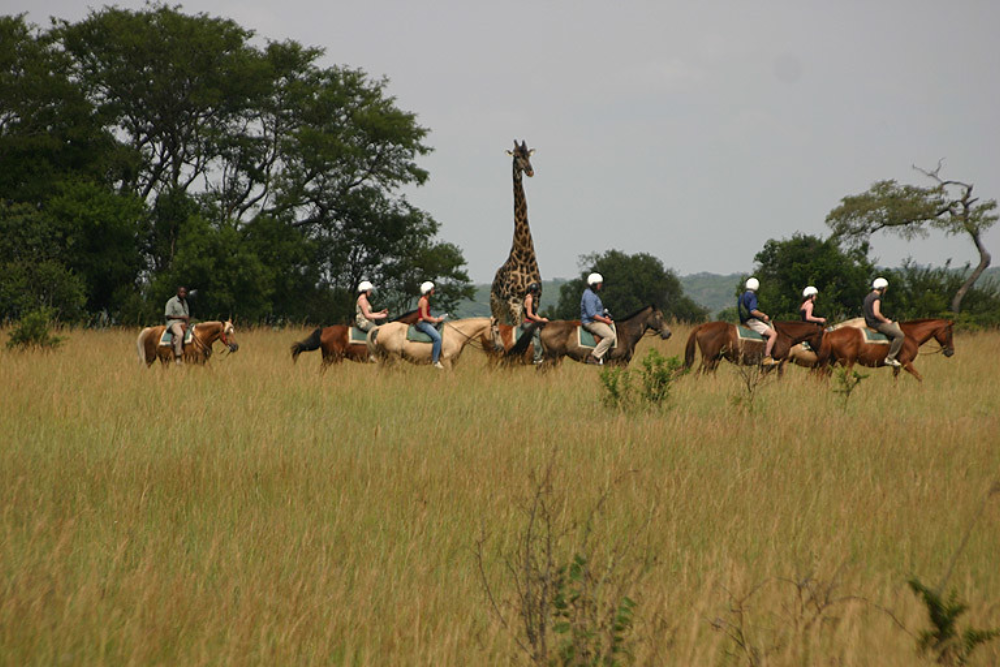
Understanding fundamental wildlife behavior patterns transforms passive observation into a meaningful interpretation of the natural drama unfolding before you. Recognizing hunting indicators in lions (lowered heads, focused attention, strategic positioning), elephant communication signals (ear spreading, trunk raises, specific vocalizations), or breeding behaviors in antelope species adds fascinating dimensions to wildlife encounters beyond mere species identification.
Even basic behavioral knowledge helps predict animal movements, anticipate interesting interactions, and distinguish between normal activities and unusual behaviors that indicate exceptional viewing opportunities worth patient observation.
Pack a Good Camera with Zoom
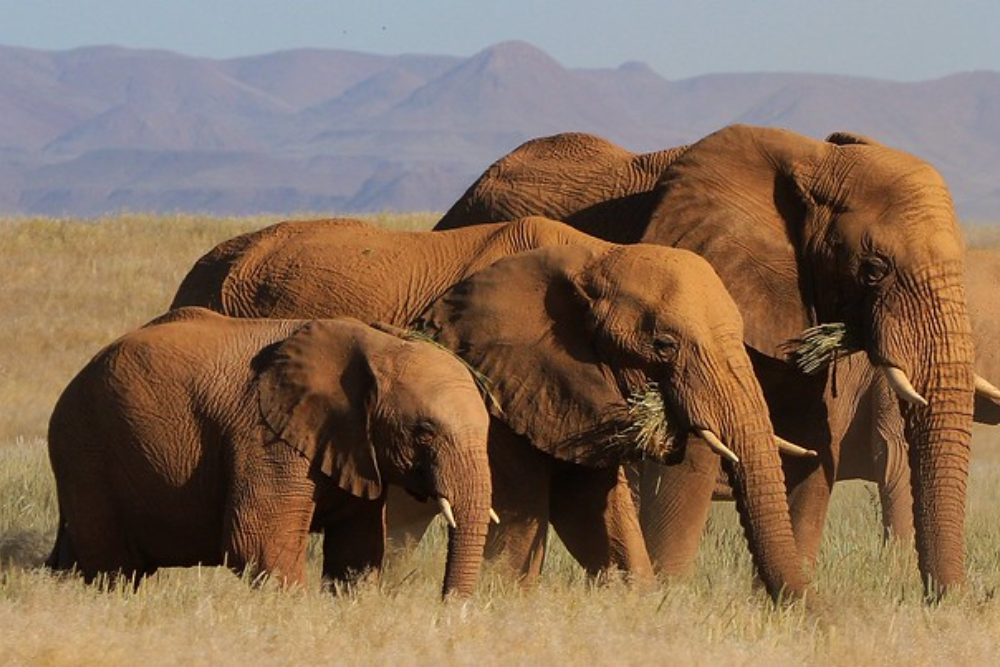
Wildlife photography presents unique challenges requiring specialized equipment, particularly lenses with sufficient reach to capture detailed images from appropriate distances. A minimum 300mm lens capability provides adequate magnification for larger animals, while serious wildlife photography benefits from 400-600mm reach for capturing natural behaviors without disturbing subjects.
Modern bridge cameras with built-in superzoom capabilities offer excellent alternatives to heavy professional equipment for casual photographers, delivering impressive results without requiring multiple lenses, though sacrificing some image quality and low-light performance compared to higher-end systems.
Stay Multiple Days in Each Location
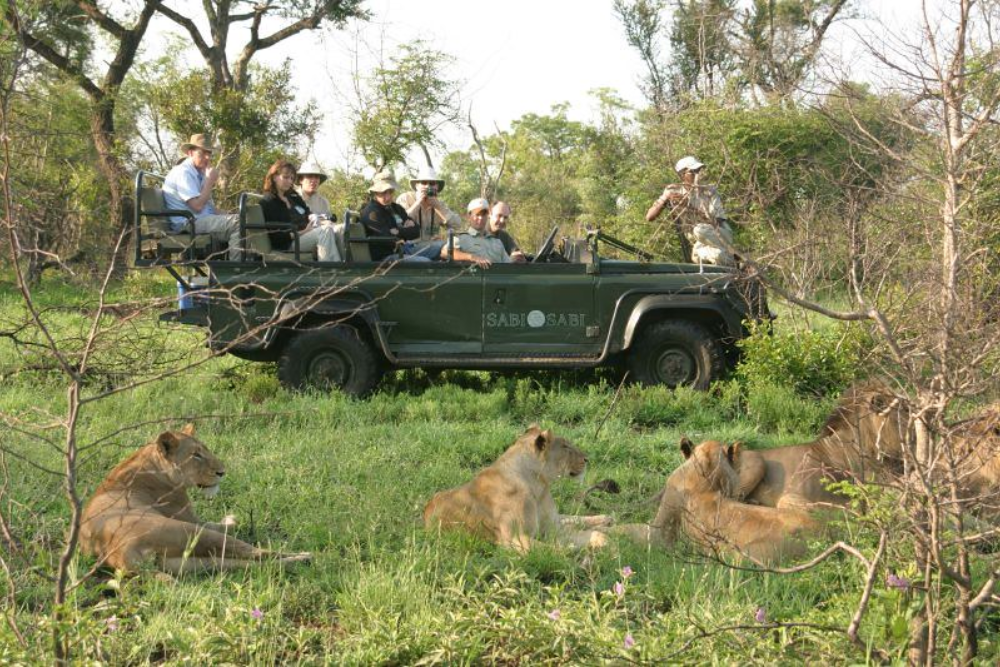
Rushing between parks limits appreciation of each ecosystem’s unique rhythms and reduces wildlife sighting probabilities compared to longer stays in fewer locations. Remaining at least three nights in a single area allows guides to build a comprehensive knowledge of current animal movements, territorial patterns, and recent kills that might attract various species.
Extended stays also accommodate weather variations that affect wildlife behavior, increase chances of witnessing rare events, and provide opportunities to revisit promising locations at different times of day when animal activity patterns change dramatically.
Like Travel Pug’s content? Follow us on MSN.
Consider Walking Safaris
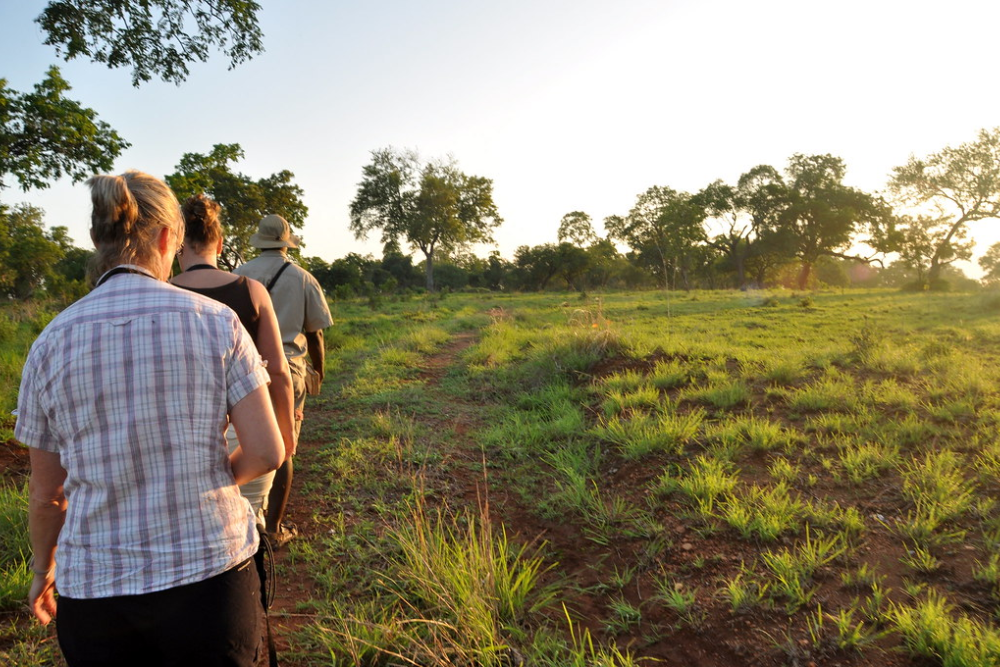
Vehicle-based game drives provide excellent wildlife coverage, but walking safaris create entirely different natural connections by engaging all senses in the wilderness experience. Guided walking safaris offer thrilling perspectives impossible from vehicles—appreciating the actual size of elephant footprints, smelling wild herbs crushed underfoot, hearing subtle alarm calls of birds warning about predators, and feeling the different textures of the landscape directly.
These carefully guided experiences follow strict safety protocols while providing intense immersion into ecosystems where subtleties often missed from vehicles suddenly become apparent, from tiny insect behaviors to fascinating plant adaptations.
Embrace All Wildlife, Not Just Predators
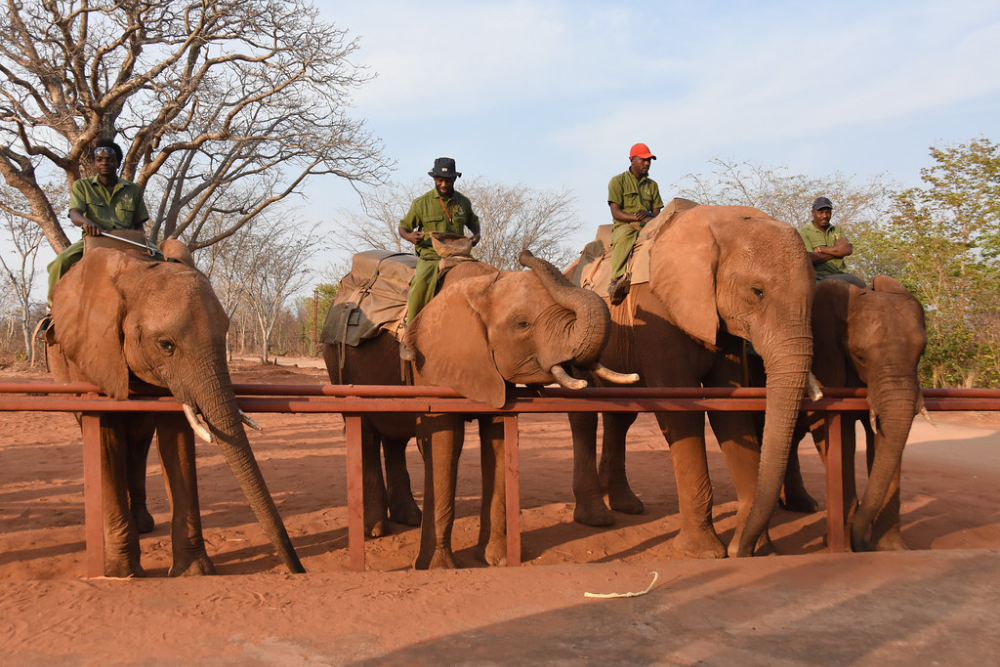
First-time safari-goers often fixate on ‘Big Five’ sightings while overlooking extraordinary smaller species and fascinating ecological relationships that experienced safari enthusiasts find equally compelling. Dedicated wildlife enthusiasts appreciate the remarkable social structures of mongooses, the symbiotic relationships between oxpeckers and large mammals, the elaborate courtship displays of seemingly ordinary birds, and the fascinating behaviors of dung beetles recycling nutrients across the savanna.
Appreciating these less celebrated species creates more consistent wildlife enjoyment throughout game drives.
Keep a Wildlife Journal
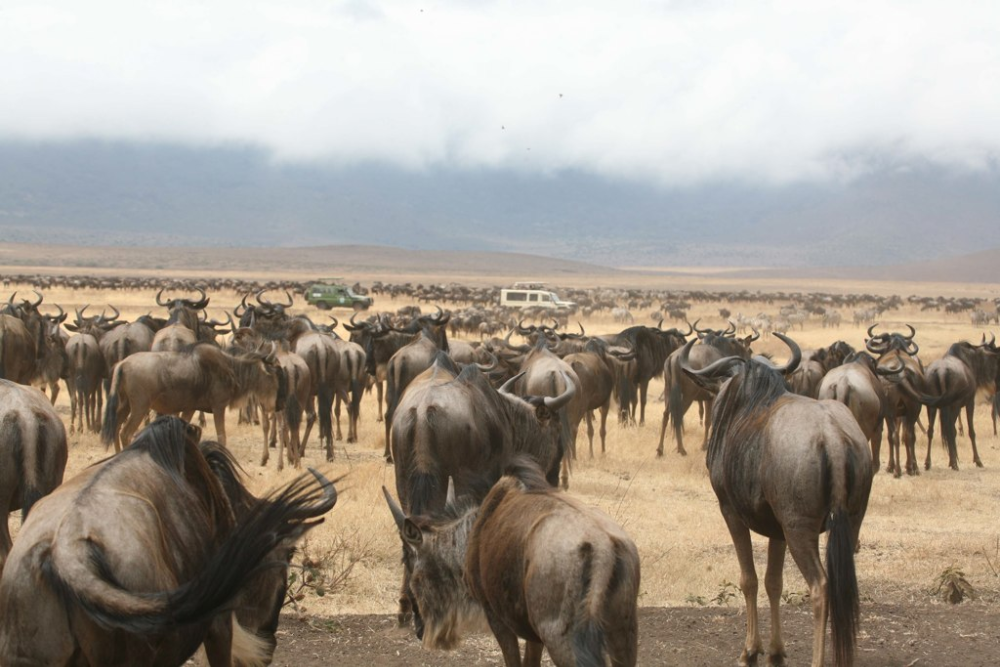
Documenting daily sightings, behaviors, and impressions creates valuable records that enhance your safari experience during and after the journey. Beyond simple species lists, noting specific behaviors observed, unusual interactions between different animals, and personal reactions to sightings helps cement memories and creates meaningful records to revisit.
Many experienced safari travelers maintain detailed journals recording dates, locations, conditions, and observations that become treasured references for future trips while helping process the often overwhelming volume of new experiences and information encountered during wildlife-intensive journeys.
Like Travel Pug’s content? Follow us on MSN.
Minimize Camp Noise
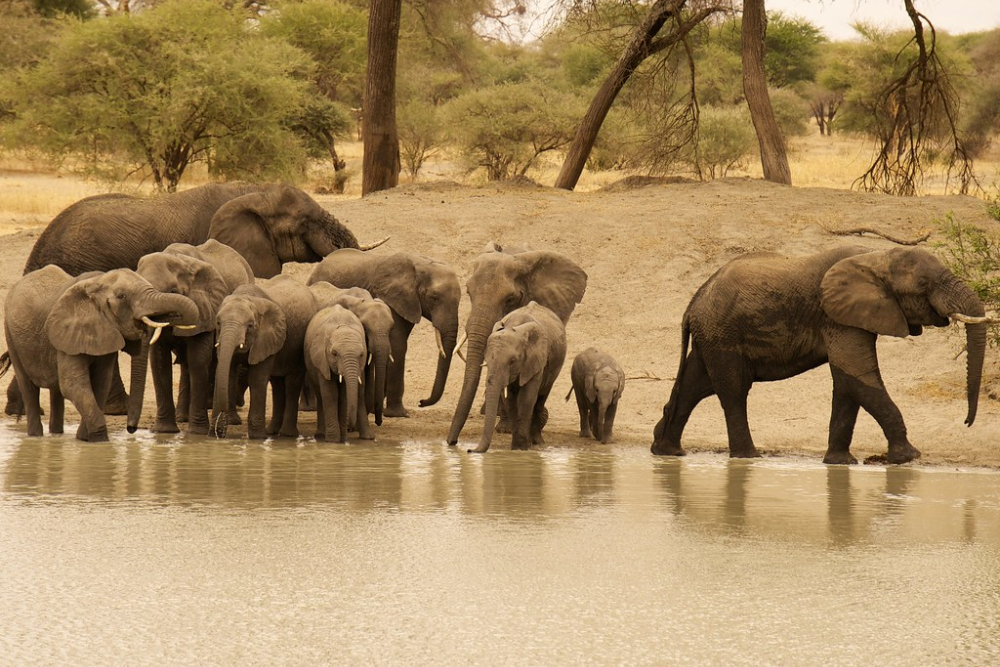
Wildlife activity around safari accommodations increases dramatically when guests maintain a quiet, unobtrusive presence rather than create human-centered disturbance zones through loud conversations or music. Many extraordinary wildlife encounters occur directly from camp verandas, outdoor dining areas, or pathways when guests remain observant and quiet enough for animals to maintain comfort moving through areas with human presence.
Respecting quiet hours, speaking softly during nighttime, and minimizing artificial light all increase the chances of incredible wildlife sightings directly from your accommodation.
Learn About Conservation Challenges

Understanding the complex conservation challenges facing African wildlife enhances appreciation for successful protection efforts while creating more informed perspectives on the ecosystems you’re visiting. Local conservation organizations often provide briefings about anti-poaching efforts, human-wildlife conflict mitigation, habitat corridor preservation, and community-based conservation initiatives that protect the wildlife experiences travelers enjoy.
This knowledge transforms superficial appreciation into a deeper understanding of the delicate balance of maintaining these ecosystems and the significant resources required to preserve wildlife populations increasingly pressured by human population expansion and climate change impacts.
Follow Safety Protocols Precisely
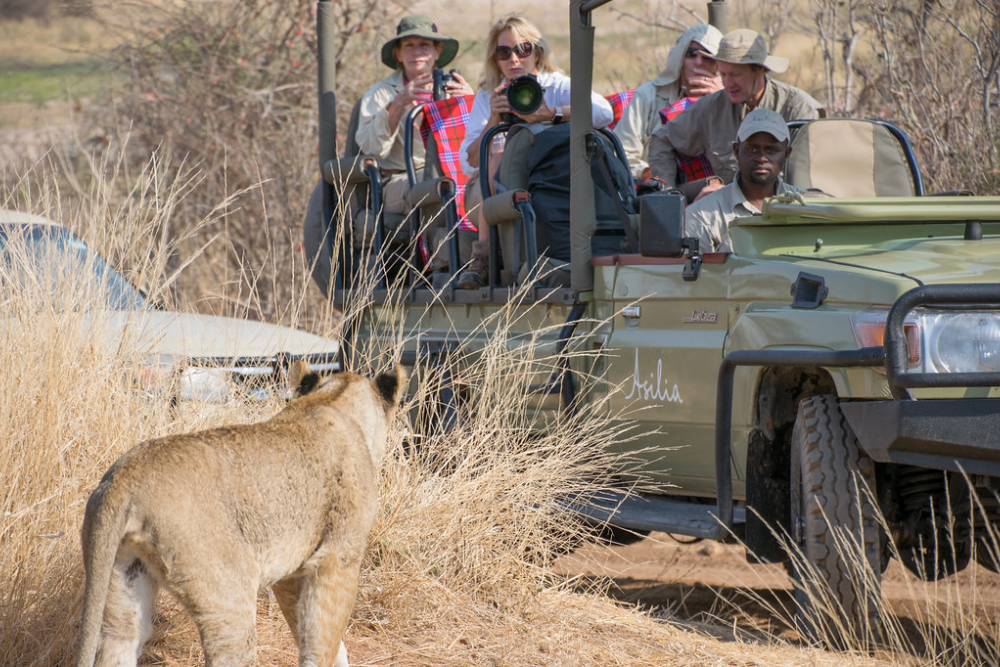
Safari safety depends entirely on respecting wildlife, following guide instructions, and recognizing that these powerful animals remain genuinely wild despite seeming habituated to vehicles. Never stand in open vehicles, maintain quiet movements during close wildlife encounters, and strictly obey rules about remaining in vehicles except in designated safe areas with guided supervision.
These protocols exist because animals distinguish between humans contained within the familiar vehicle ‘shape’ and humans moving independently—with the latter potentially triggering defensive responses from animals that normally ignore vehicles passing within relatively close distance.
Like Travel Pug’s content? Follow us on MSN.
Prepare for Rustic Conditions
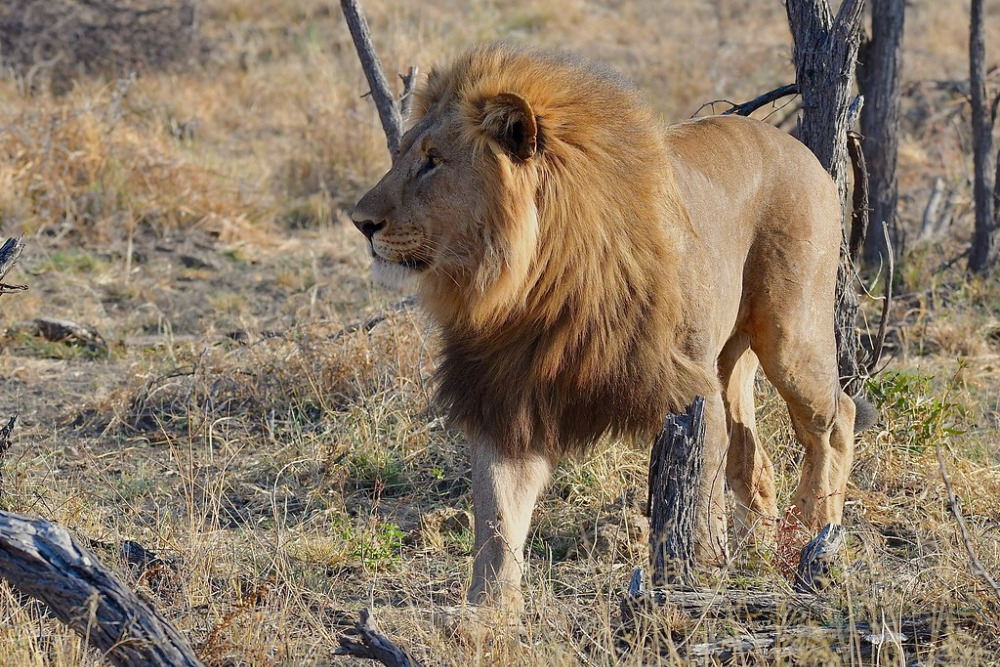
The most extraordinary wildlife experiences often occur in remote areas with necessarily basic infrastructures far from urban conveniences. Embracing occasional discomforts—limited electricity, intermittent hot water, or basic accommodation—access wilderness areas where animals behave naturally without habituation to constant tourism presence.
The most memorable encounters typically happen where wildlife rather than human comfort dictates the experience, requiring mental preparation for conditions focused on sustainable, low-impact tourism rather than luxury amenities found in more developed settings.
Bring Essential Medications
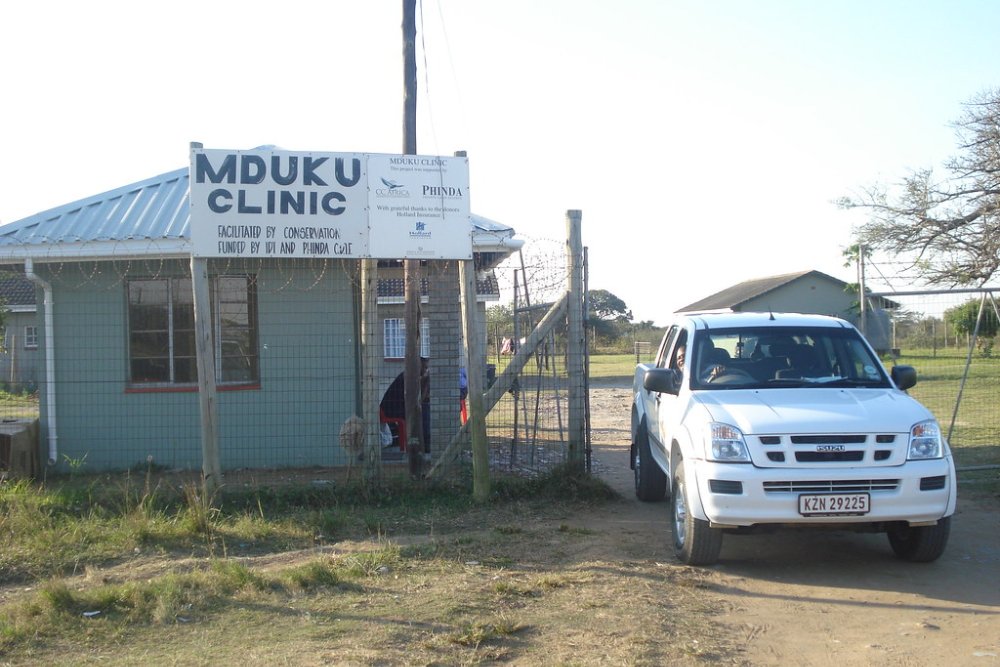
Safari locations often exist far from advanced medical facilities, requiring thoughtful preparation for health contingencies before departure. Packing personal medications, anti-diarrheal remedies, broad-spectrum antibiotics (with physician consultation), strong insect repellents, and comprehensive first aid supplies provide crucial self-sufficiency in remote areas.
Equally important is securing appropriate travel insurance covering emergency evacuation services specifically for the countries visited, as medical emergencies in remote safari regions sometimes require specialized extraction services beyond standard travel insurance coverage.
Respect Cultural Contexts
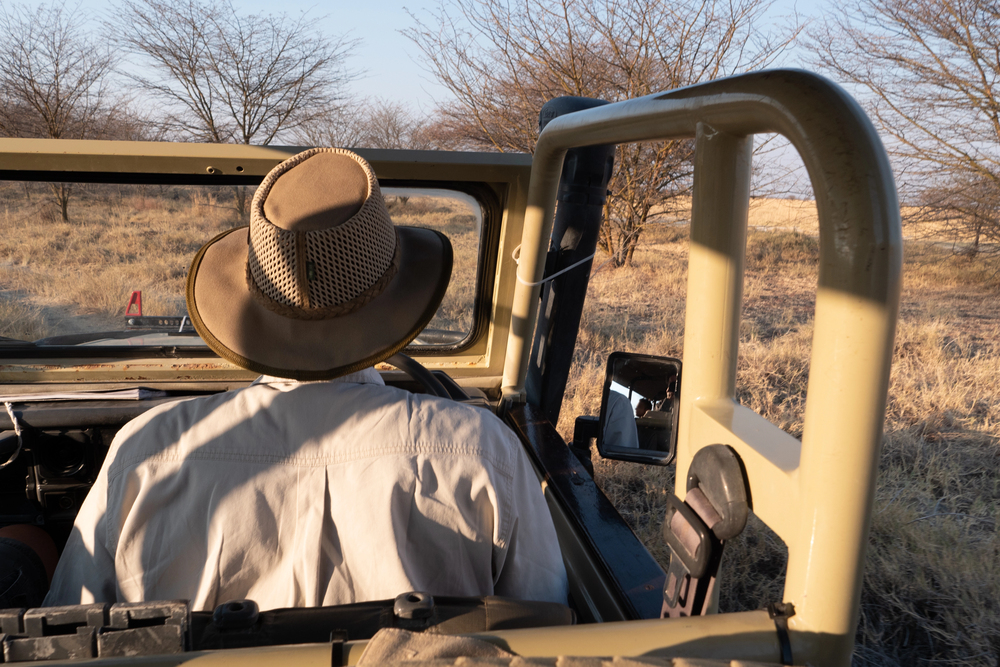
Wildlife exists within complex cultural landscapes where local communities have developed sophisticated relationships with native species over generations. Learning about these cultural contexts—from Maasai traditions in East Africa to different tribal approaches toward wildlife in Southern Africa—provides a crucial perspective on conservation approaches beyond Western preservation models.
Many safari regions now incorporate community conservation initiatives where tourism directly benefits local populations, creating sustainable economic alternatives to practices that traditionally conflicted with wildlife preservation while respecting indigenous knowledge that often predates modern scientific understanding.
Like Travel Pug’s content? Follow us on MSN.
Finding the Wild in a Changing World

The most profound safari experiences transcend mere wildlife viewing to create meaningful connections with increasingly threatened natural systems. Beyond collecting photographs or checking species off lists, truly memorable safaris generate a deeper appreciation for functioning ecosystems where ancient evolutionary relationships continue despite mounting pressures from human expansion and climate change.
More from Travel Pug

- 20 Destinations That Were Once Thriving but Are Now Quietly Disappearing
- 15 Hidden Spots in Disney World’s Magic Kingdom Most Visitors Miss
- 20 Once-Popular Beach Towns That Are Now Ghostly Empty
- 20 Beautiful US Lakefront Towns Where You Can Live for Under $2000 a Month
- 20 Caribbean Islands That Are Safer Than People Think
Like Travel Pug’s content? Follow us on MSN.
